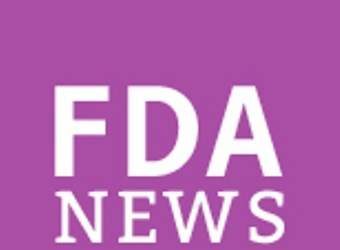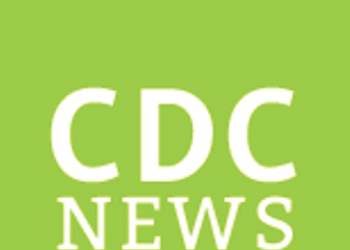AT EASD 2015
STOCKHOLM (FRONTLINE MEDICAL NEWS) – Patients with poorly controlled type 2 diabetes are more likely to hit glycemic targets if their add-on therapy is a GLP-1 receptor agonist.
The GLP-1 drugs seemed slightly more effective than adding a bolus of premixed insulin; data from a recent study show that after receiving a GLP-1 receptor agonist as an add-on drug, patients achieved a mean hemoglobin A1c of 7.4% within 6 months of treatment intensification, Dr. Reimar W. Thomsen said at the annual meeting of the European Association for the Study of Diabetes. But his Danish database study wasn’t able to control for socioeconomic factors, which may influence whether patients are able to get that more expensive class of drug in Denmark.
Nevertheless, the study provides a “real-world” look at the management of patients who don’t hit therapeutic goals on basal insulin only, said Dr. Thomsen of Aarhus University, Denmark. In the cohort of 7,000 patients, fewer than half were able to reach an HbA1c of 7.5% or lower on the single treatment.
The patients were drawn from Danish national health care databases, and diagnosed with type 2 diabetes from 2000 to 2012. They were a mean of 64 years old with a mean baseline HbA1c of 9.2%. Although newly diagnosed, they had probably had the disease for a while – 26% had macrovascular complications and 47%, microvascular disease. All were started on basal insulin monotherapy. Within 6 months, the mean HbA1c had dropped to 7.6%.
However, just 45% of the group hit the treatment goal of 7.5% or lower, with 29% attaining the 7% HbA1c target.
A temporal assessment of response showed some improvements over the course of the study, Dr. Thomsen noted. In 2000-2003, about 25% hit the goal on basal insulin only; by 2010-2012, that had increased to 33%. This probably reflects an earlier diagnosis of disease, especially as the mean HbA1c at diagnosis was lower in the later years (9% vs.9.6%), he said.
In another noteworthy temporal association, choices for add-on therapy changed over the years. In the first few years, premixed insulin was the top choice, accounting for 80% of intensification prescriptions. By 2012, that had dropped to about 22%. Bolus insulin use rose from about 17% in 2000 to 35% in 2012. GLP-1 receptor agonists didn’t arrive on the scene until 2008 but gained rapid acceptance. By 2010-2012 they accounted for 30% of intensification prescriptions.
Patients whose glucose control was intensified with GLP-1 drugs (326) were the youngest (55 years) and healthiest, with only 22% having medical comorbidities. They started the add-on therapy at a mean of 27 months after diagnosis. At that time, the mean HbA1c was 8.4%; this dropped by 0.8%, landing at a mean of 7.6%.
Those who added bolus insulin (893) were a mean of 59 years old; 30% had comorbidities. They started the new treatment at a mean of 13 months after diagnosis. Their mean HbA1c at intensification was 8.2%; this dropped 0.4%, landing at 7.8%
Patients who added premixed insulin (1,798) were a mean of 64 years old; 32% had medical comorbidities. They started add-on therapy 11 months after diagnosis. Their HbA1c was a mean of 8.8% at intensification; it dropped 0.9%, landing at a mean of 7.9%.
Fifty-nine patients were intensified with dual therapy; Dr. Thomsen did not specify what combinations were employed. These patients were a mean of 61 years old; 42% of them had medical comorbidities. They had a mean HbA1c of 8.9% at the time of intensification. Add-on therapy dropped that measurement by 1.2%, landing this group at a mean HbA1c of 7.7%.
A multivariate analysis determined the likelihood of attaining the treatment target with the various add-on monotherapies; it adjusted for age, gender, diabetes complications, disease duration, medical comorbidities, and baseline HbA1c. Compared with premixed insulin, the chance of meeting goal was similar with bolus insulin (relative risk, 1.03) and higher with GLP-1 agonists (RR, 1.56 for less than 7%; RR, 1.27 for less than 7.5%).
Dr. Thomsen had no financial disclosures.




